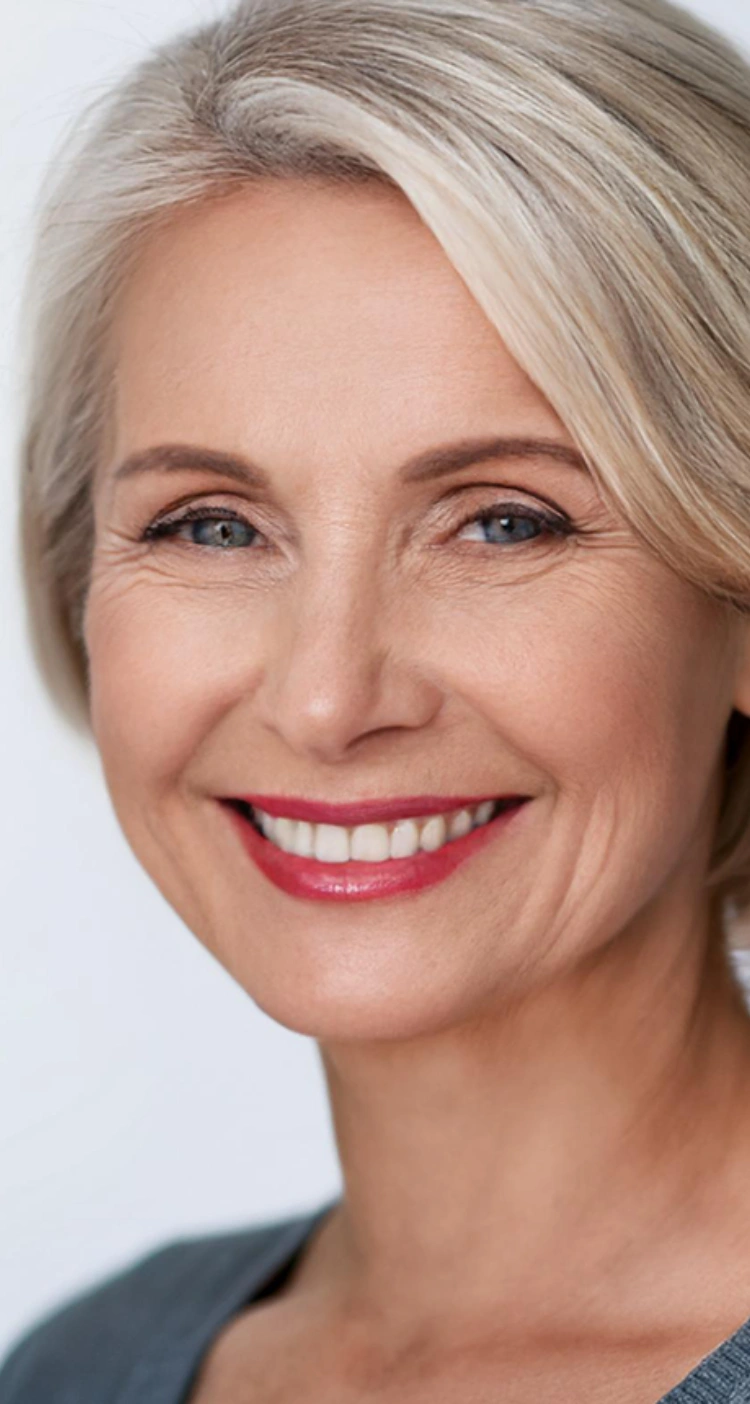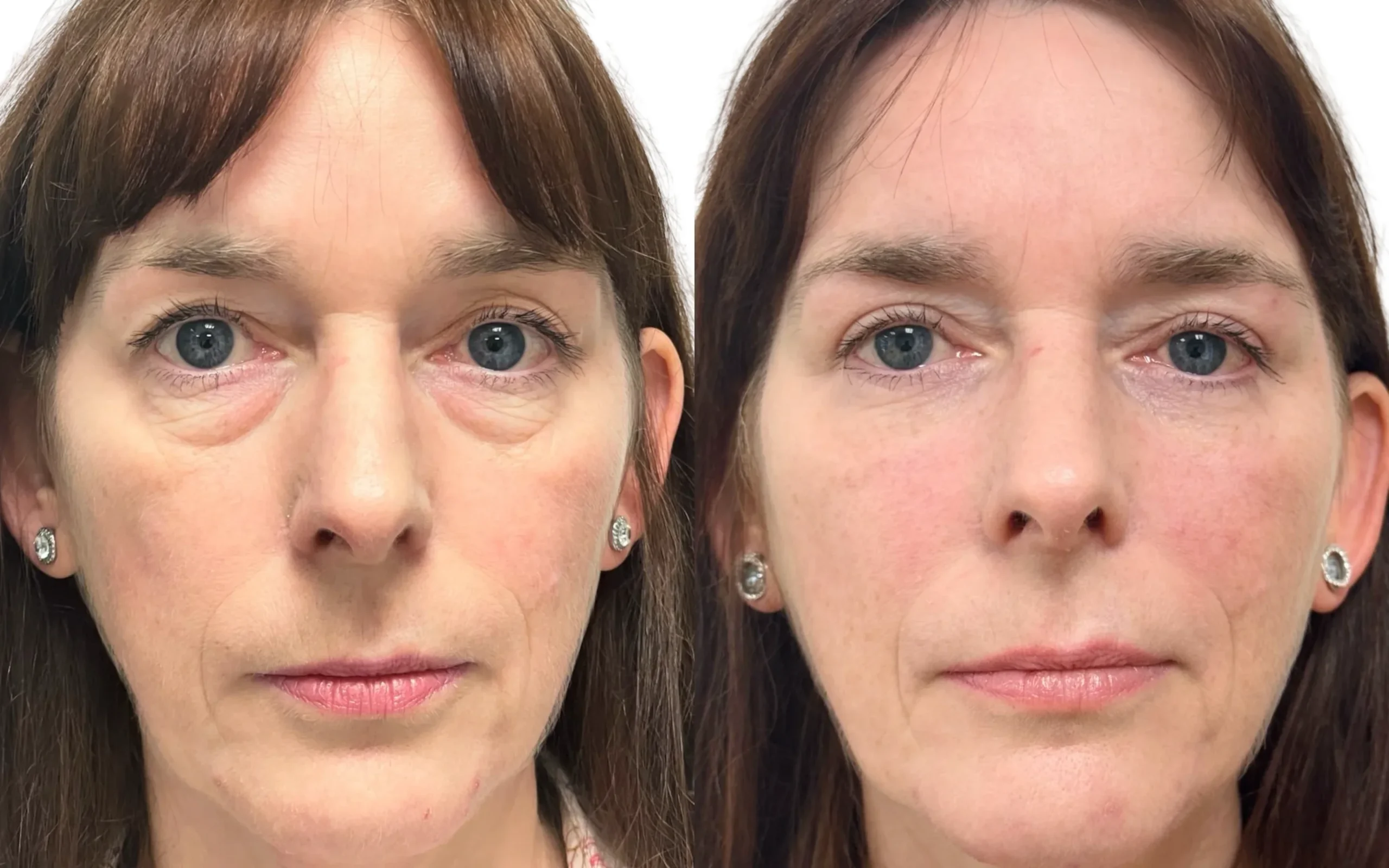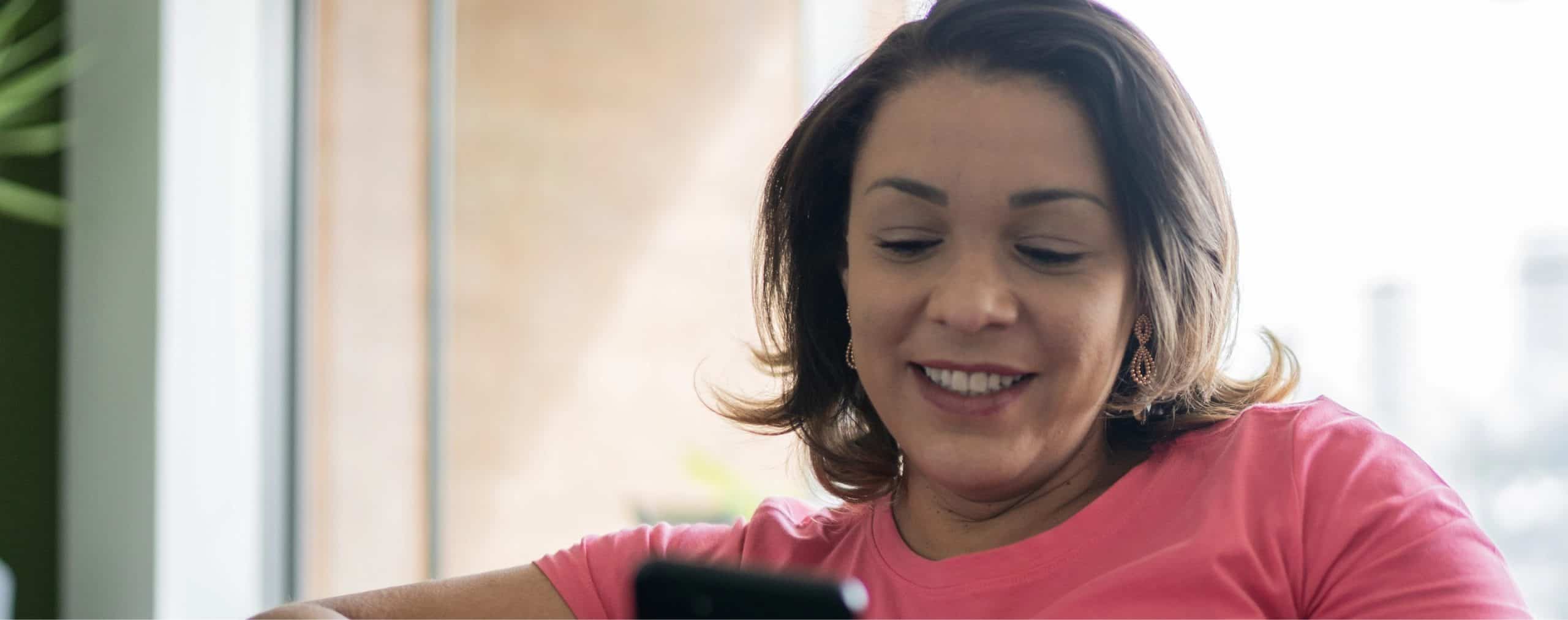
Eyelid Surgery / blepharoplasty
Seeking specialist care for eyelid concerns in Edinburgh, Scotland? Quaba Plastic Surgery offers expert assessment and treatment of both functional and aesthetic eyelid conditions.
Our consultant plastic surgeons have extensive experience performing blepharoplasty (eyelid surgery) to address medical conditions affecting vision and eye health, while also improving appearance. With precise surgical techniques and a comprehensive approach, we help patients achieve both improved function and a naturally refreshed look.
Outstanding Results
Life-changing experience and I certainly felt in the most professional and safest of hands. Explanations, guidance and treatment were second to none. Recovery was straightforward with support when needed 24/7. Mr Awf Quaba is an exceptional surgeon, a real gentleman and the results are even better than I could ever have expected. My results are perfect in my eyes: I could not be happier with the whole process and would not hesitate to recommend.
Claire
Contents
Eyelid overview
TYPE OF ANAESTHETIC
- Local or General
LENGTH OF SURGERY
- 1-2 Hours
HOSPITAL STAY
- Day procedures
RECOVERY
- 1-2 weeks off work, 6 weeks before strenuous exercise
The Functional Importance of Eyelid Surgery
Blepharoplasty is frequently misconceived as purely cosmetic, but it serves critical functional purposes with significant medical benefits:
Visual Field Improvement
Clinical studies in the British Journal of Ophthalmology demonstrate that excess upper eyelid skin (dermatochalasis) can reduce peripheral vision by up to 50% in severe cases. Functional blepharoplasty can significantly restore this visual field, improving daily activities like driving and reading.
Relief from Eye Strain and Fatigue
Research published in Ophthalmic Plastic & Reconstructive Surgery shows that patients with ptotic (drooping) eyelids often unconsciously contract their frontalis muscles to elevate their eyelids, leading to chronic headaches and eye strain. Surgical correction can alleviate this compensatory mechanism and reduce associated symptoms.
Dry Eye Management
Lower eyelid malposition can disrupt the tear film, causing dry eye symptoms or excessive tearing. Appropriate lower eyelid blepharoplasty can address these functional concerns while improving appearance.
Psychological Wellbeing
Beyond physical function, studies in the Journal of Plastic and Reconstructive Surgery have documented significant improvements in quality of life scores after blepharoplasty, with patients reporting reduced social anxiety and improved self-image.
At Quaba, we perform a thorough assessment of both the functional and aesthetic aspects of your eyelids to develop a treatment plan that addresses your complete needs.
Procedure types and benefits
Eyelid Surgery (Blepharoplasty)
Eyelid Surgery (Blepharoplasty)
Blepharoplasty addresses both functional and aesthetic concerns of the upper and lower eyelids. Our surgeons employ precise techniques to correct conditions including dermatochalasis (excess skin), herniated orbital fat (eye bags), and eyelid ptosis (drooping). These conditions can affect both vision and appearance. We use advanced techniques to ensure optimal functional improvement while achieving natural-looking results with minimal scarring and recovery time.
Clinical and Aesthetic Benefits of Blepharoplasty
Clinical and Aesthetic Benefits of Blepharoplasty
Blepharoplasty provides significant improvements in both function and appearance:
Functional Vision Enhancement: Clinical studies show that correcting upper eyelid dermatochalasis can expand peripheral visual fields by up to 25-30 degrees, improving daily activities like driving and reading. Many patients report reduced eye strain and improved visual comfort following surgery.
Resolution of Compensatory Mechanisms: When eyelids droop, patients often unconsciously raise their eyebrows to improve vision, leading to forehead tension and headaches. Surgical correction eliminates this need, often resolving these secondary symptoms.
Ocular Surface Improvement: Proper eyelid position is essential for tear film distribution and eye protection. Correcting lower eyelid malposition can improve dry eye symptoms and reduce irritation.
Psychological and Social Benefits: Research demonstrates measurable improvements in quality of life scores following blepharoplasty. Patients report increased confidence in social and professional interactions.
Anatomical Correction with Lasting Results: Unlike temporary treatments, blepharoplasty addresses underlying anatomical issues, providing results that typically last 7-10 years for upper eyelids and often longer for lower eyelids.
Efficient Recovery: Most patients return to normal activities within 1-2 weeks, with the majority of swelling resolved by 3-4 weeks post-surgery.
During your consultation, we will conduct a thorough assessment of your eyelid function as well as appearance to determine the most appropriate surgical approach for your specific needs.
Upper Blepharoplasty: Functional and Aesthetic Restoration
Upper Blepharoplasty: Functional and Aesthetic Restoration
Upper eyelid surgery addresses both visual field obstruction and aesthetic concerns caused by excess eyelid tissue. The procedure involves:
Preoperative Assessment: We perform detailed measurements and documentation of upper eyelid position and function, including assessment of visual fields when indicated.
Precision Removal: Careful removal of precisely the right amount of excess skin (dermatochalasis) and, when necessary, protruding orbital fat.
Structural Support: For patients with true eyelid ptosis (drooping due to levator muscle weakness), we may perform additional techniques to strengthen or tighten the eyelid elevating mechanism.
Natural Contour Preservation: Our technique maintains or restores the natural upper eyelid crease and contour, avoiding the hollow or overly tight appearance that can result from excessive tissue removal.
Many patients with significant upper eyelid hooding may qualify for NHS coverage of their procedure if demonstrable visual field restriction is present. We can arrange appropriate testing and documentation if this is a consideration for you.
Lower Blepharoplasty and Orbital Fat Management
Lower Blepharoplasty and Orbital Fat Management
Lower eyelid surgery addresses both the functional and aesthetic concerns related to lower eyelid position and orbital fat prominence. Our approach includes:
Comprehensive Assessment: Evaluation of lower eyelid tone, position, and orbital fat distribution to determine the optimal surgical approach.
Transconjunctival Technique: When appropriate, we access orbital fat through an incision inside the eyelid, leaving no visible external scar – ideal for younger patients with good skin elasticity who primarily have fat prominence.
Transcutaneous Approach: For patients with excess skin and muscle laxity, we may recommend an approach that allows for skin tightening along with fat repositioning or removal.
Conservative Fat Management: Rather than simply removing orbital fat, we often reposition it to maintain natural contours and prevent a hollow appearance that can occur with aggressive fat removal.
Eyelid Support Procedures: For patients with lower eyelid laxity or malposition, we incorporate canthal tightening techniques to ensure proper eyelid position against the eye, which is essential for comfort and tear film function.
This multifaceted approach provides natural-looking results while addressing functional concerns like lower eyelid laxity that can lead to dry eye symptoms.
Commonly asked questions
Will my eyelid surgery be considered functional or cosmetic?
Will my eyelid surgery be considered functional or cosmetic?
Eyelid surgery often addresses both appearance and practical concerns. During your consultation, we assess whether your needs are primarily functional (such as visual obstruction from heavy upper eyelids) or aesthetic.
Some patients with significant upper eyelid hooding may qualify for NHS consideration, though most blepharoplasty procedures at our Edinburgh clinic are performed privately.
What should I expect during recovery from blepharoplasty?
What should I expect during recovery from blepharoplasty?
Most patients return to normal daily activities within 7-10 days. Bruising typically subsides within two weeks, making it possible to confidently return to social and professional engagements.
We provide comprehensive aftercare guidance tailored to your specific procedure and circumstances to ensure optimal healing.
Can eyelid surgery be combined with other facial procedures?
Can eyelid surgery be combined with other facial procedures?
Many patients choose to combine blepharoplasty with complementary procedures such as brow lifting or facial rejuvenation treatments. This approach allows for comprehensive facial enhancement with a single recovery period.
We can create personalised treatment plans that include multiple procedures when appropriate for your goals.
How long do the results of eyelid surgery typically last?
How long do the results of eyelid surgery typically last?
Results from quality blepharoplasty generally last 7-10 years for upper eyelids and often longer for lower eyelids. We emphasise outcomes that complement your natural facial features rather than creating an obviously “operated on” appearance. Factors such as skin quality, sun exposure, and genetics influence the longevity of your results.
Is local anaesthesia suitable for eyelid procedures?
Is local anaesthesia suitable for eyelid procedures?
Many blepharoplasty procedures can be safely performed under local anaesthesia with sedation if desired. This approach offers several advantages including quicker recovery times and avoiding general anaesthesia risks.
During your consultation at our clinic, we’ll discuss which anaesthetic approach would be most appropriate for your specific procedure.
How do I know if I'm a good candidate for eyelid surgery?
How do I know if I'm a good candidate for eyelid surgery?
Good candidates for blepharoplasty include those with excess upper eyelid skin that may interfere with vision, persistent bags or puffiness under the eyes, or drooping lower eyelids.
During your consultation in Edinburgh, we’ll evaluate your eye anatomy, skin elasticity, and overall health to determine if eyelid surgery is right for you.
Why Choose Quaba for Your Eyelid Surgery?
When considering blepharoplasty in Edinburgh, Scotland, Quaba Plastic Surgery offers several important advantages:
Balanced Approach to Form and Function: As plastic surgeons, we understand that eyelid surgery affects both appearance and function. Our approach considers how changes to the eyelids can improve your vision and comfort while achieving the aesthetic results you desire.
Comprehensive Assessment: During your consultation, we thoroughly examine your eyelid structure and position. We listen carefully to your concerns about both the appearance of your eyelids and any functional issues you may be experiencing, such as heaviness or obstruction.
Refined Surgical Techniques: Our surgeons use precise techniques that respect the delicate anatomy of the eyelid region, preserving function while improving appearance. We take care to remove only the appropriate amount of tissue needed to achieve your goals.
Attentive Aftercare: Our dedicated team provides thorough post-operative care with scheduled follow-up appointments to ensure proper healing and optimal results. We’re available to address any concerns throughout your recovery process.
Extensive Surgical Experience: Our surgeons bring valuable experience from both NHS and private practice in addressing a wide range of eyelid conditions, from excess skin affecting vision to concerns about appearance.
Documented Results: We maintain a comprehensive collection of before-and-after documentation, which we’re happy to share during your consultation to help you understand potential outcomes for your specific situation.
We invite you to schedule a consultation to discuss how our expertise can address your specific eyelid concerns.

What are the risks?
Blepharoplasty can be performed under local anaesthesia with sedation or general anaesthesia, depending on the extent of the procedure and patient preference. All our eyelid procedures are performed as day cases, allowing you to return home the same day with appropriate aftercare instructions.
The risks of general anaesthesia include deep vein thrombosis and pulmonary embolism, though these are exceedingly rare in eyelid procedures due to their short duration. Other general anaesthetic risks include minor respiratory effects that resolve quickly.
Specific blepharoplasty risks include:
Haematoma (Blood Collection)
Haematoma (Blood Collection)
Minor bleeding is common immediately after surgery and typically resolves with gentle pressure.
Significant bleeding affects less than 1% of patients and may require intervention.
Temporary Changes in Eye Comfort
Temporary Changes in Eye Comfort
Many patients experience temporary dry eye symptoms or increased tearing as the eyelids adjust to their new position.
This typically resolves within 2-4 weeks as swelling subsides. We provide lubricating eye ointment to manage these symptoms during healing.
Lid Position Abnormalities
Lid Position Abnormalities
Lower eyelid retraction or ectropion (outward turning of the eyelid) occurs in approximately 5% of lower blepharoplasty patients.
Our preventative techniques significantly reduce this risk, and most cases respond to massage and eye exercises. Persistent cases may require minor adjustment.
Asymmetry and Contour Irregularities
Asymmetry and Contour Irregularities
Minor asymmetries may be present after surgery as healing progresses at different rates. Final results should be judged at 3-6 months post-surgery when all swelling has resolved.
Corneal Injury
Corneal Injury
Temporary corneal irritation can occur but typically resolves within days. Serious corneal injury is extremely rare with appropriate protective measures during and after surgery.
Vision Changes
Vision Changes
Temporary blurred vision is common due to ointments and swelling. Permanent vision changes are exceedingly rare (less than 0.05% in published studies).
Need for Revision
Need for Revision
Approximately 3-5% of patients may benefit from minor revisions to optimise results, usually performed under local anaesthesia as an outpatient procedure.
What to Expect and Eyelid Aftercare
Recovery from blepharoplasty follows a predictable timeline, with most patients seeing significant improvement within 2-3 weeks:
First Week
- Expect noticeable swelling and bruising immediately after surgery
- Use cold compresses and keep your head elevated to reduce swelling
- Take prescribed pain medication as needed (most patients report minimal discomfort)
- Apply antibiotic ointment at night as instructed
- Attend your follow-up appointment for suture removal around day 6-7
Second Week
- Bruising and swelling continue to improve
- You may return to work (make-up can be applied to cover residual bruising)
- Resume driving and normal showering
- Discontinue antibiotic ointment
Weeks 3-4
- Most bruising (90-100%) and majority of swelling resolves
- You’ll begin to see the intended results of your procedure
Long-Term Results
- Final results typically appear by 1-3 months as all swelling resolves
- Scars continue to fade over 6-12 months
- Some patients may experience temporary dryness or watering of the eyes
We provide comprehensive aftercare instructions before you leave our facility. For detailed post-operative guidance, please visit our dedicated aftercare page.

Eyelid consultation – Perfect result
I would highly recommend Mr Quaba, after explaining the problem I had with puffy eyes thinking I was going to need surgery but he knew immediately what the problem was and how to resolve it. I’d had facial fillers 4 years ago and they had migrated causing my problem he dissolved the fillers and immediately the puffiness had gone in an instant. Should I ever need to have cosmetic surgery I will have no hesitation in having done by Mr Quaba. Thank you.
Dynamic955104

Author
Dr Omar Quaba, MBBChir, FRCS (Plast), GMC 4586300, is a Consultant Plastic Surgeon on the GMC Specialist Register with over 20 years of experience in plastic surgery. Educated at Cambridge University and trained in Aberdeen and Glasgow, with a fellowship in Australia, he transitioned to full-time private practice in 2020. As Hospital Director of Waterfront Private Hospital and a full member of BAPRAS, BAAPS, and ISAPS, he combines extensive expertise with a commitment to excellence in patient care.
